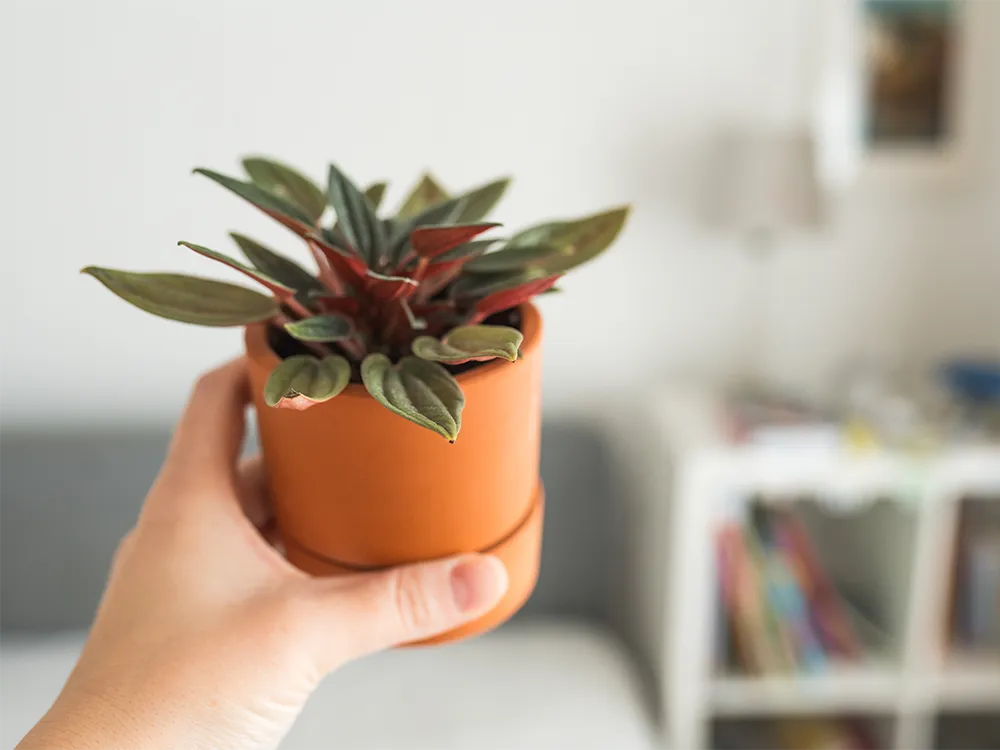In één oogopslag
-
Licht
Helder, indirect licht; verdraagt minder licht maar groeit dan trager.
-
Water
Matig; laat de bovenste 2–3 cm potgrond opdrogen voor je opnieuw giet.
-
Temperatuur
18–26 °C; vermijd tocht en kou.
-
Luchtvochtigheid
Gemiddelde luchtvochtigheid in huis (40–60%) is voldoende.
Moeilijkheidsgraad
Gemakkelijk
Peperomia zijn vergevingsgezind en passen zich goed aan binnenshuis aan. Zolang je extreme situaties vermijdt — te veel water of te weinig licht — doen ze het prima met minimale verzorging. Perfect voor wie groen wil dat niet uit de pot groeit.
Verzorging in detail
-
Licht
Peperomia houden van helder, indirect licht. Te weinig licht zorgt voor lange, dunne stelen; te veel direct zonlicht kan bladeren verschroeien. Een noord- of oostraam is ideaal, of gefilterd licht bij een zuid-/westraam.
- Bonte soorten hebben meer licht nodig om hun patroon te behouden.
- Groenbladige soorten verdragen minder licht beter.
-
Water
Laat de bovenste 2–3 cm potgrond opdrogen voor je water geeft. Overbewatering is het meest voorkomende probleem.
- Gebruik regenwater indien mogelijk; kraanwater kan ook als het niet te hard is.
- In de winter minder vaak gieten.
- Zorg voor drainagegaten; Peperomia houden niet van natte voeten.
-
Humidity
Average household humidity is usually sufficient.
- If air is very dry (below 40%), mist occasionally with distilled water or place near a pebble tray.
- Avoid misting late in the day to prevent prolonged wetness on leaves.
-
Temperature
Keep between 18–26 °C. Peperomia are sensitive to cold drafts and shouldn’t be exposed below 12 °C.
-
Fertilizer
During spring and summer, feed monthly with a diluted balanced liquid fertilizer. Skip feeding in autumn and winter.
-
Soil & Repotting
Use a well-draining, peat-free houseplant mix with added perlite or orchid bark for aeration.
- Peperomia prefer to be slightly root-bound; repot only every 2–3 years.
- Always choose a pot with drainage holes.
Common problems & solutions
What you see: lower leaves turn yellow.
Cause: overwatering.
Solution: let soil dry more between waterings.
Prevention: follow the “soak and dry” method, never keep constantly wet.
What you see: plant appears limp.
Cause: underwatering, or occasionally root rot.
Solution: water thoroughly if soil is dry; if soggy, check roots.
Prevention: monitor soil moisture; balance watering.
What you see: stretched stems with sparse leaves.
Cause: insufficient light.
Solution: move to a brighter location with indirect light.
Prevention: rotate pot regularly; provide steady, bright light.
What you see: soft, discolored patches.
Cause: overwatering or fungal issues.
Solution: prune affected leaves; adjust watering.
Prevention: use well-draining soil; water only when topsoil is dry.
What you see: white cottony clusters, tiny flies, or webbing.
Solution (pet-safe): wipe leaves with damp cloth, rinse plant, or use mild soap solution; isolate plant.
Prevention: avoid overwatering (reduces gnats), check undersides of leaves weekly.
Pet safety: avoid chemical pesticides; let leaves dry before pets are near.
Peperomia
-
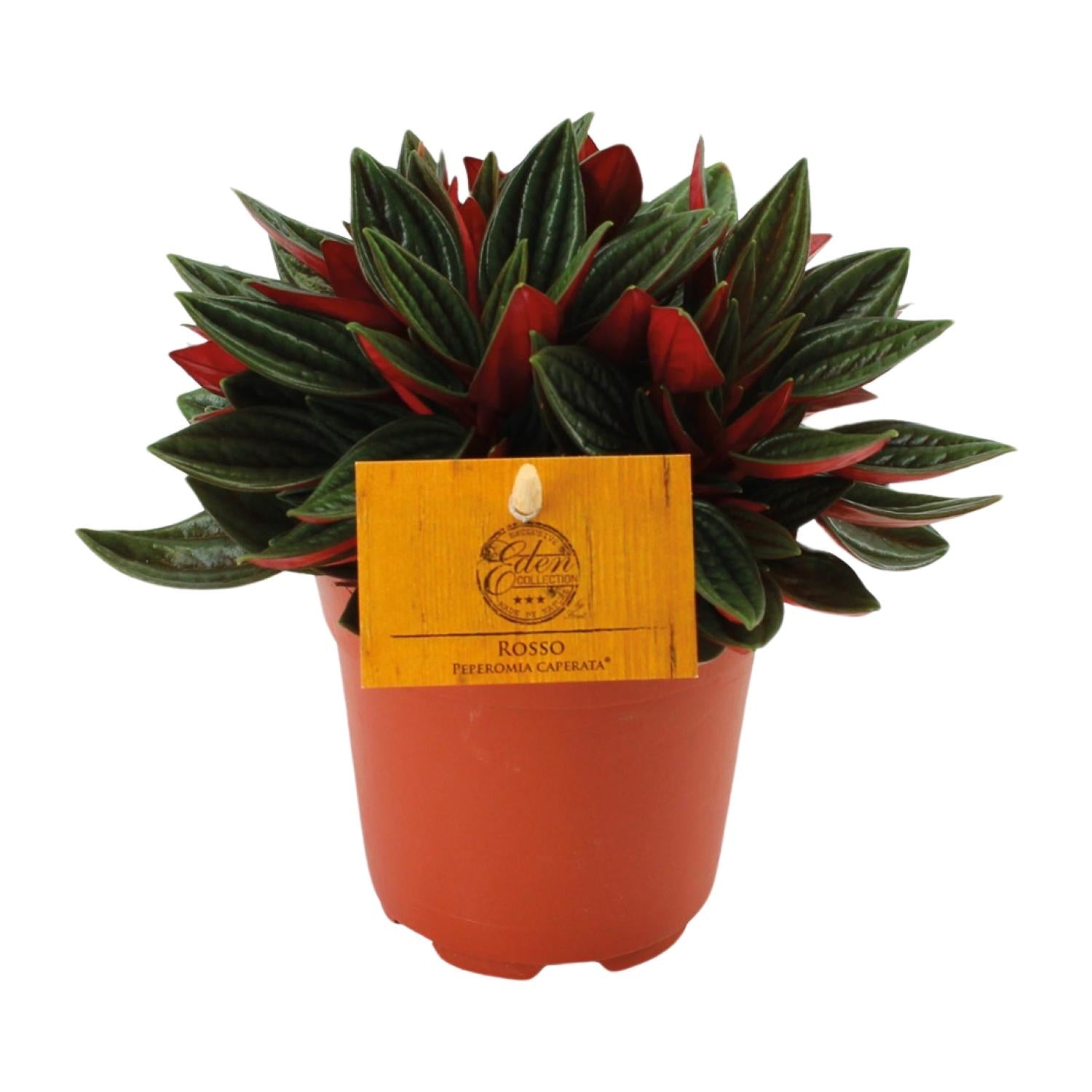

Peperomia ‘Caperata Rosso’
Peperomia ‘Caperata Rosso’- Normale prijs
- €0,00
- Eenheidsprijs
- per
- 15 centimeters
- 11 centimeters pot diameter
- Cat-safe
- Dog-safe
-
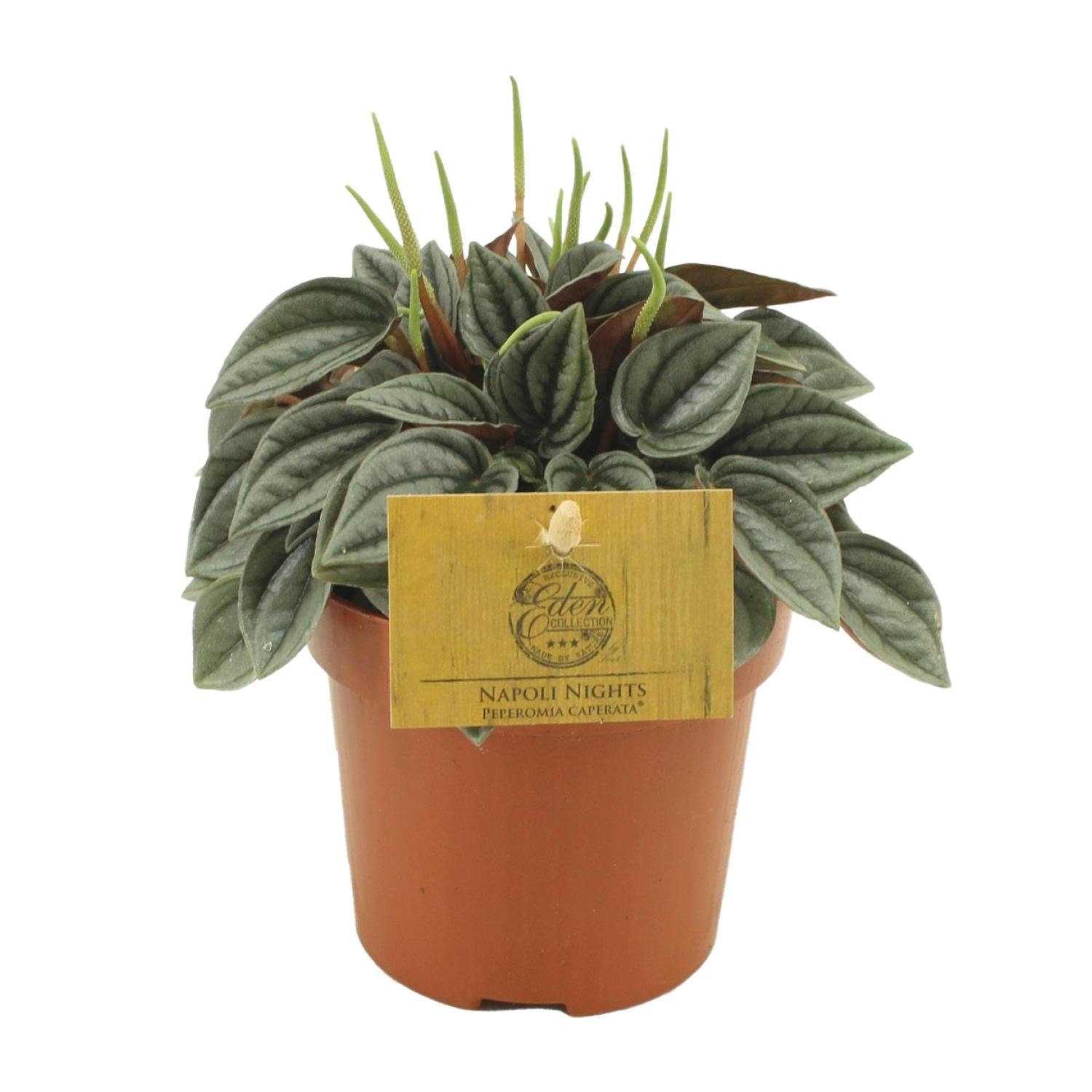
Peperomia ‘Napoli Nights’
Peperomia ‘Napoli Nights’- Normale prijs
- €8,95
- Eenheidsprijs
- per
- 15 centimeters
- 10 centimeters pot diameter
- Cat-safe
- Dog-safe
-
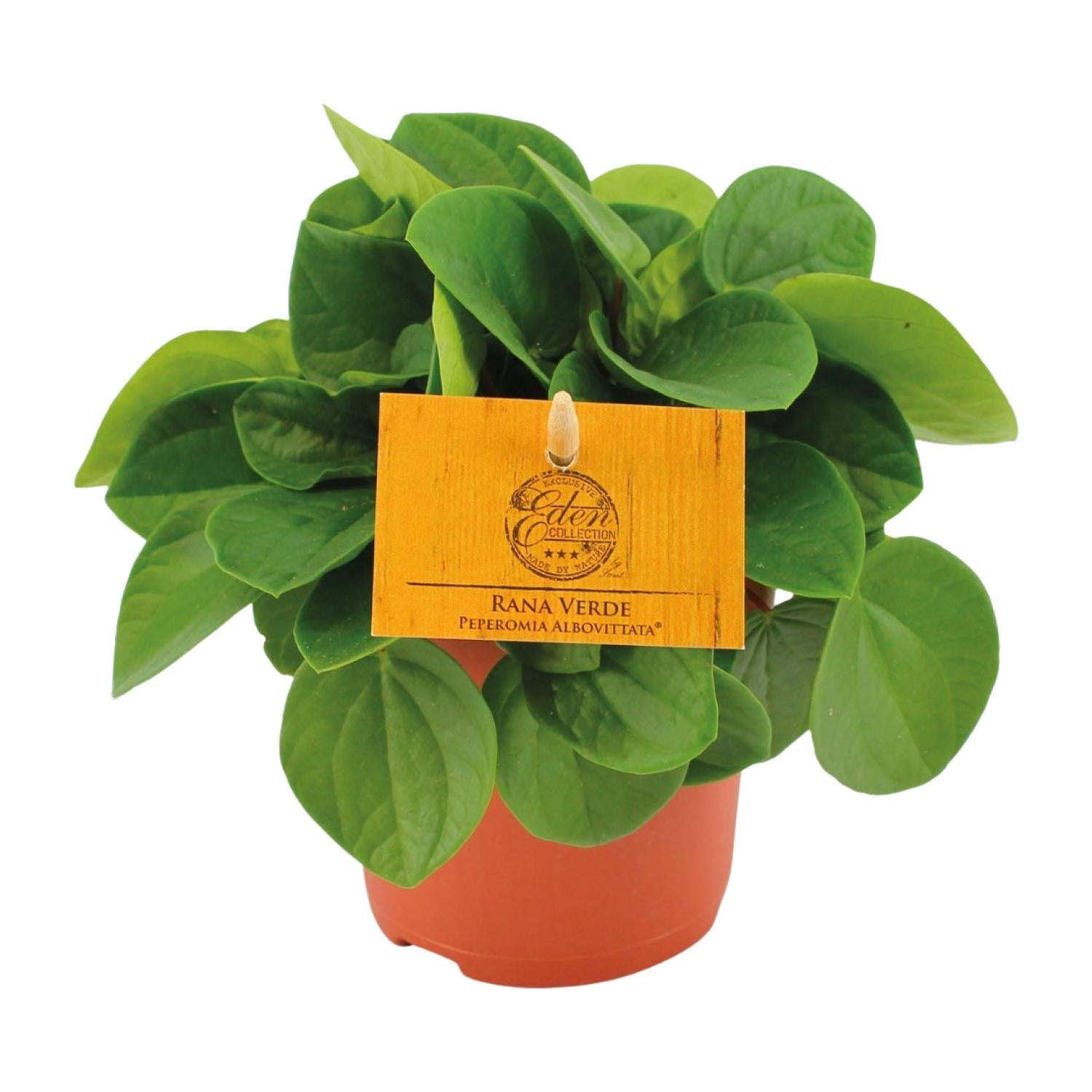

Peperomia ‘Rana Verde’
Peperomia ‘Rana Verde’- Normale prijs
- €8,95
- Eenheidsprijs
- per
- 15 centimeters
- 11 centimeters pot diameter
- Cat-safe
- Dog-safe
-
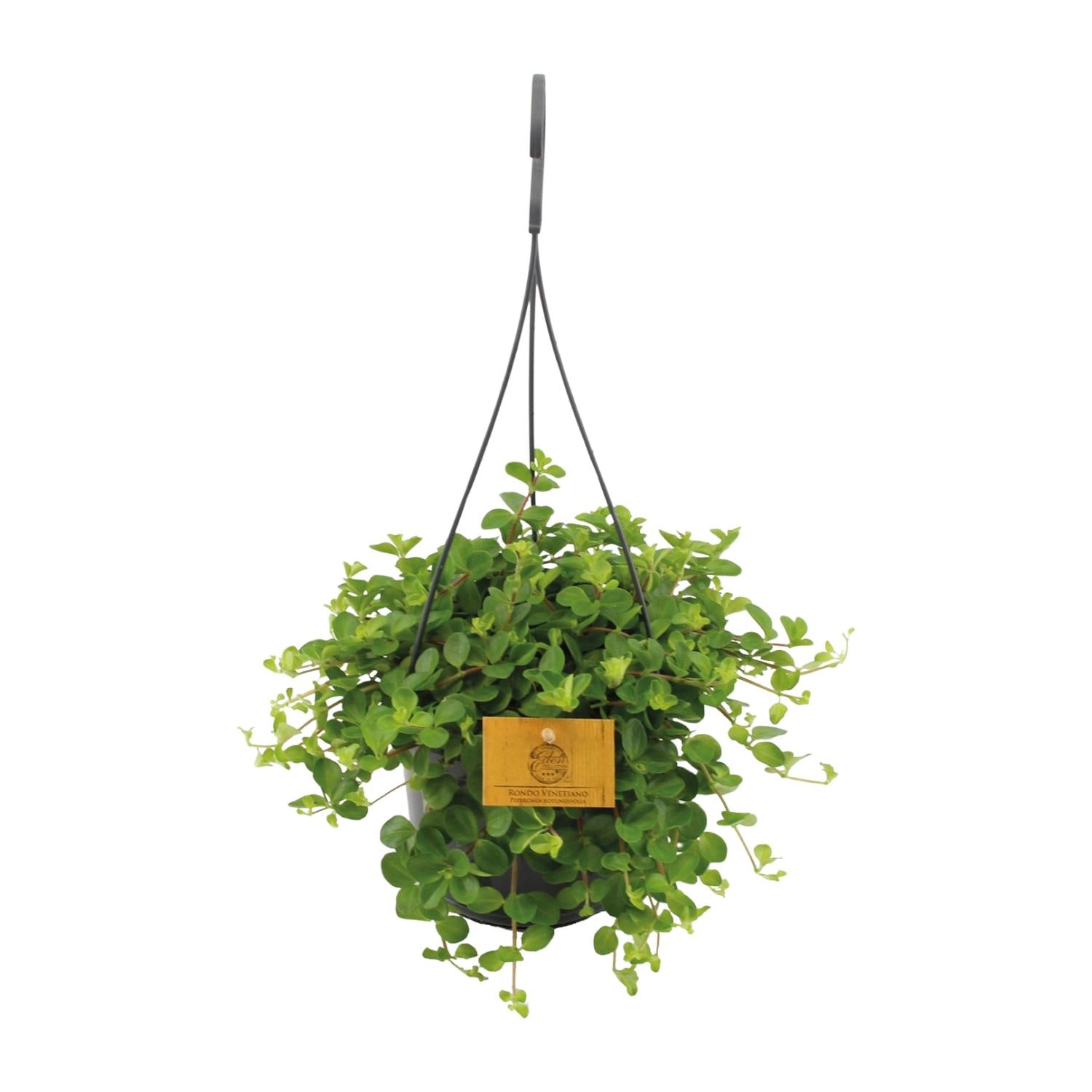

Peperomia rotundifolia (Hangpot) – Medium
Sierjade- Normale prijs
- €13,95
- Eenheidsprijs
- per
- 25 centimeters
- 15 centimeters pot diameter
- Cat-safe
- Dog-safe
-
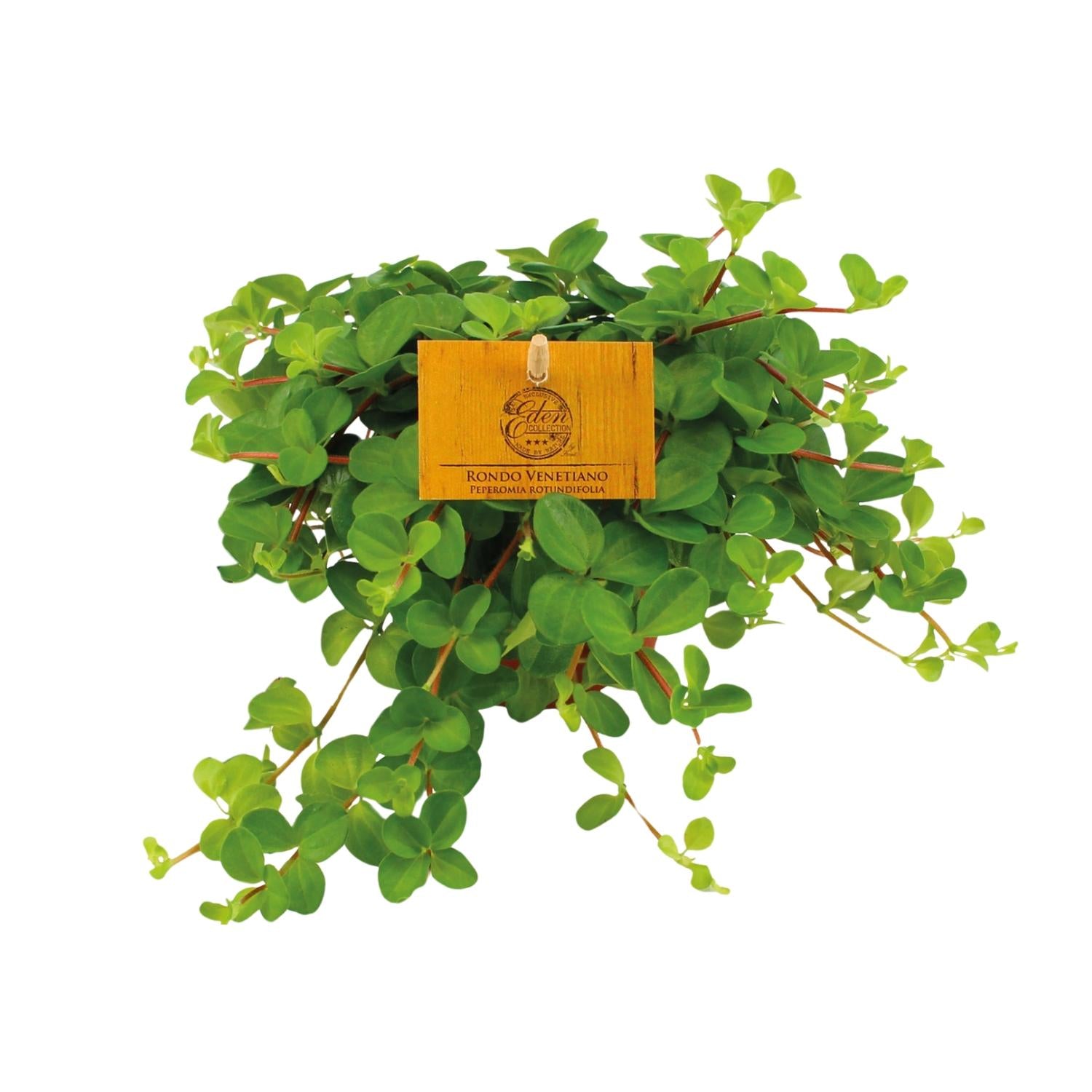

Peperomia rotundifolia – Klein
Sierjade- Normale prijs
- €8,95
- Eenheidsprijs
- per
- 15 centimeters
- 11 centimeters pot diameter
- Cat-safe
- Dog-safe
-
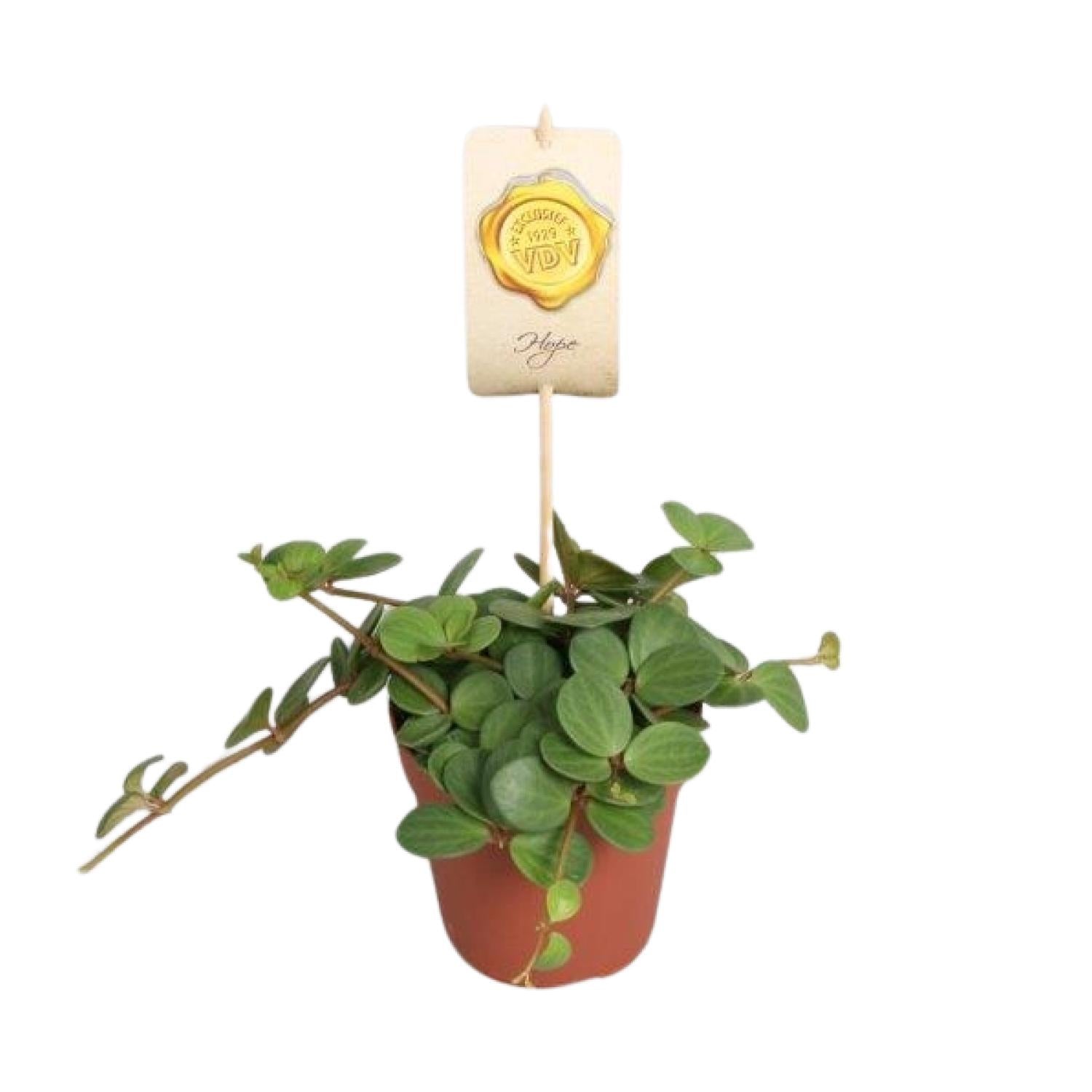

Peperomia ‘Hope’
Peperomia ‘Hope’- Normale prijs
- €9,95
- Eenheidsprijs
- per
- 15 centimeters
- 12 centimeters pot diameter
- Cat-safe
- Dog-safe
-
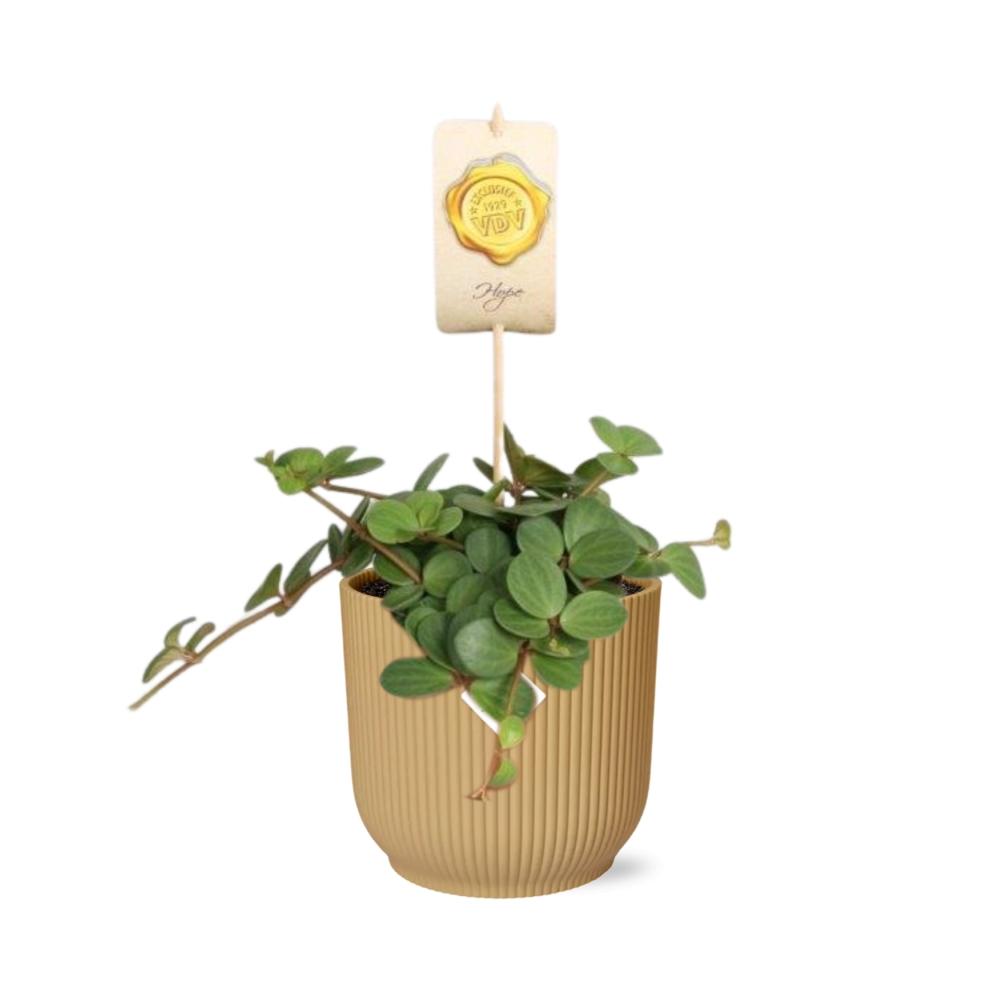

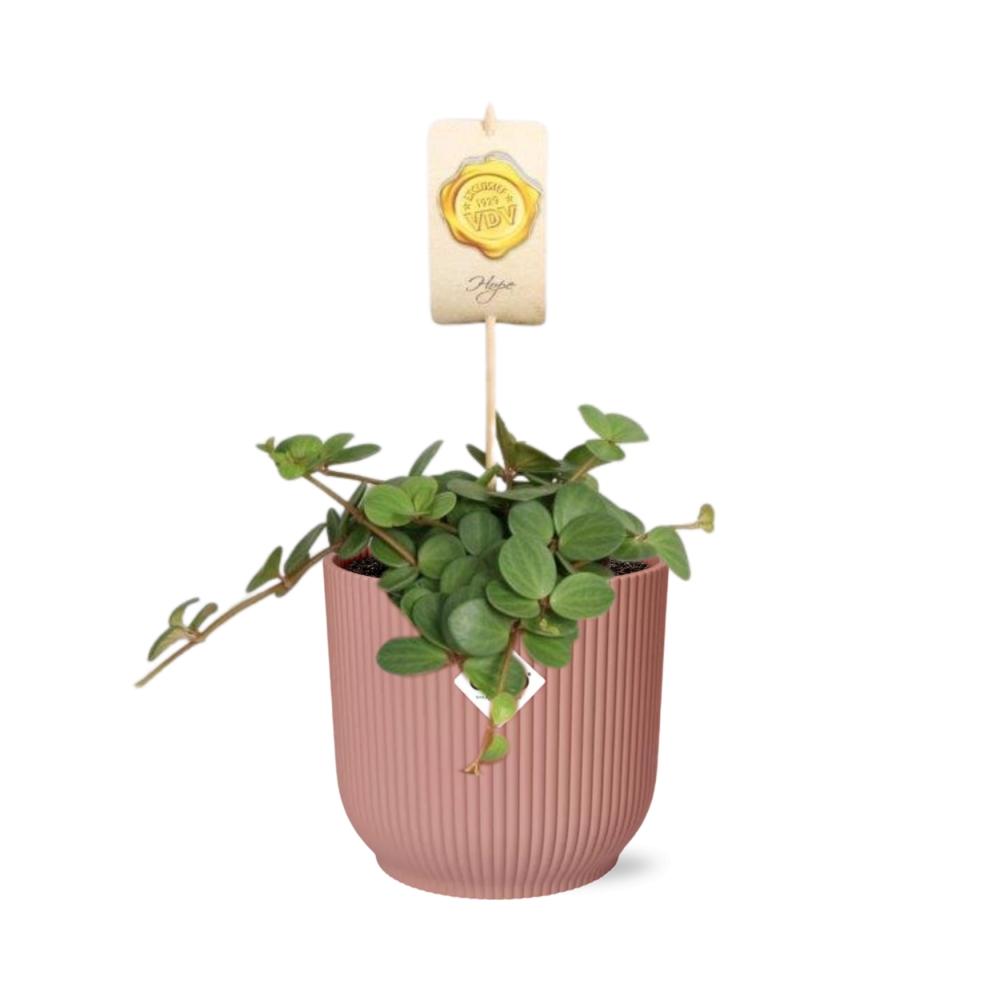
Peperomia ‘Hope’ + Sierpot
Peperomia ‘Hope’- Normale prijs
- €26,95
- Aanbiedingsprijs
- €28,95
- Eenheidsprijs
- per
- 14 centimeters pot diameter
- Cat-safe
- Dog-safe
